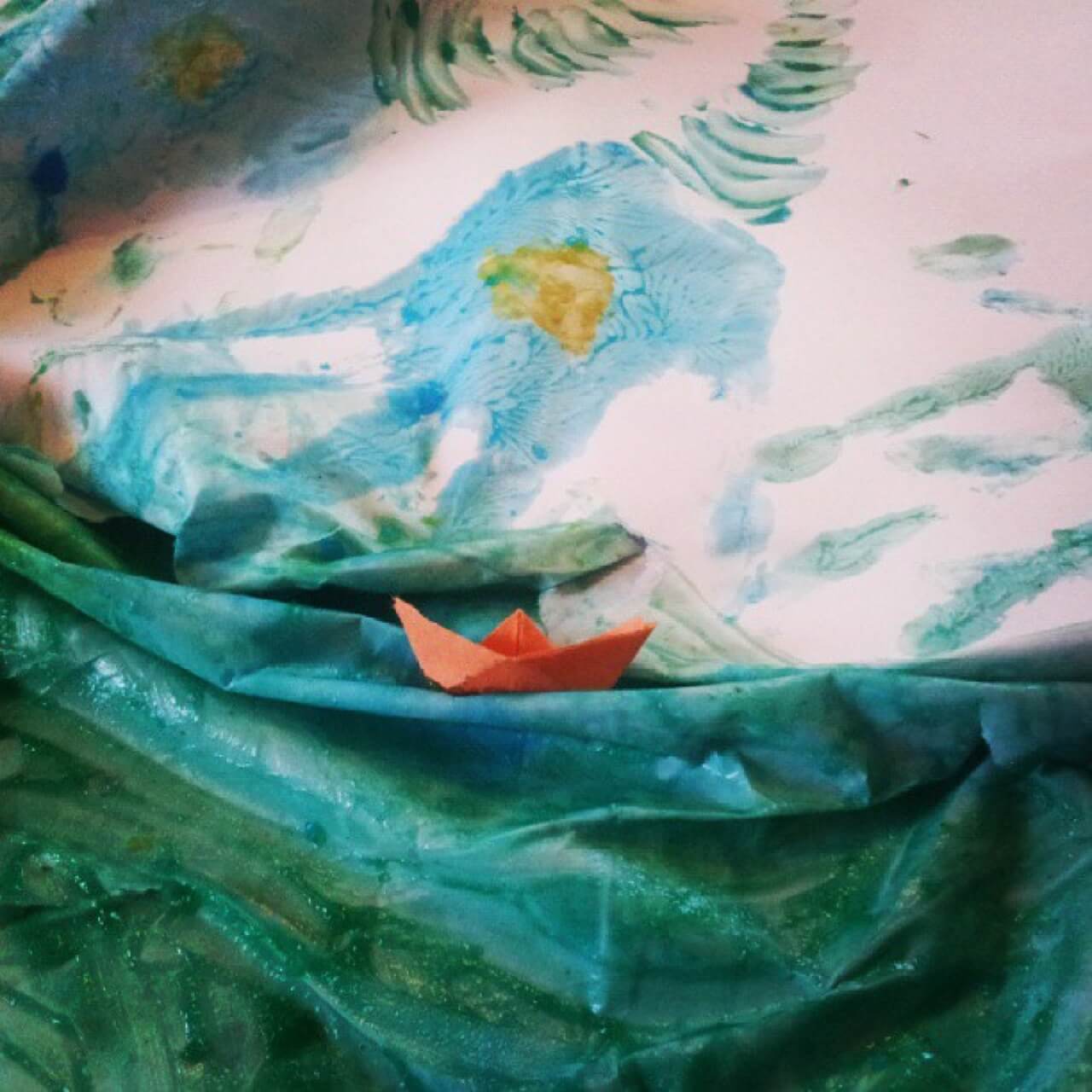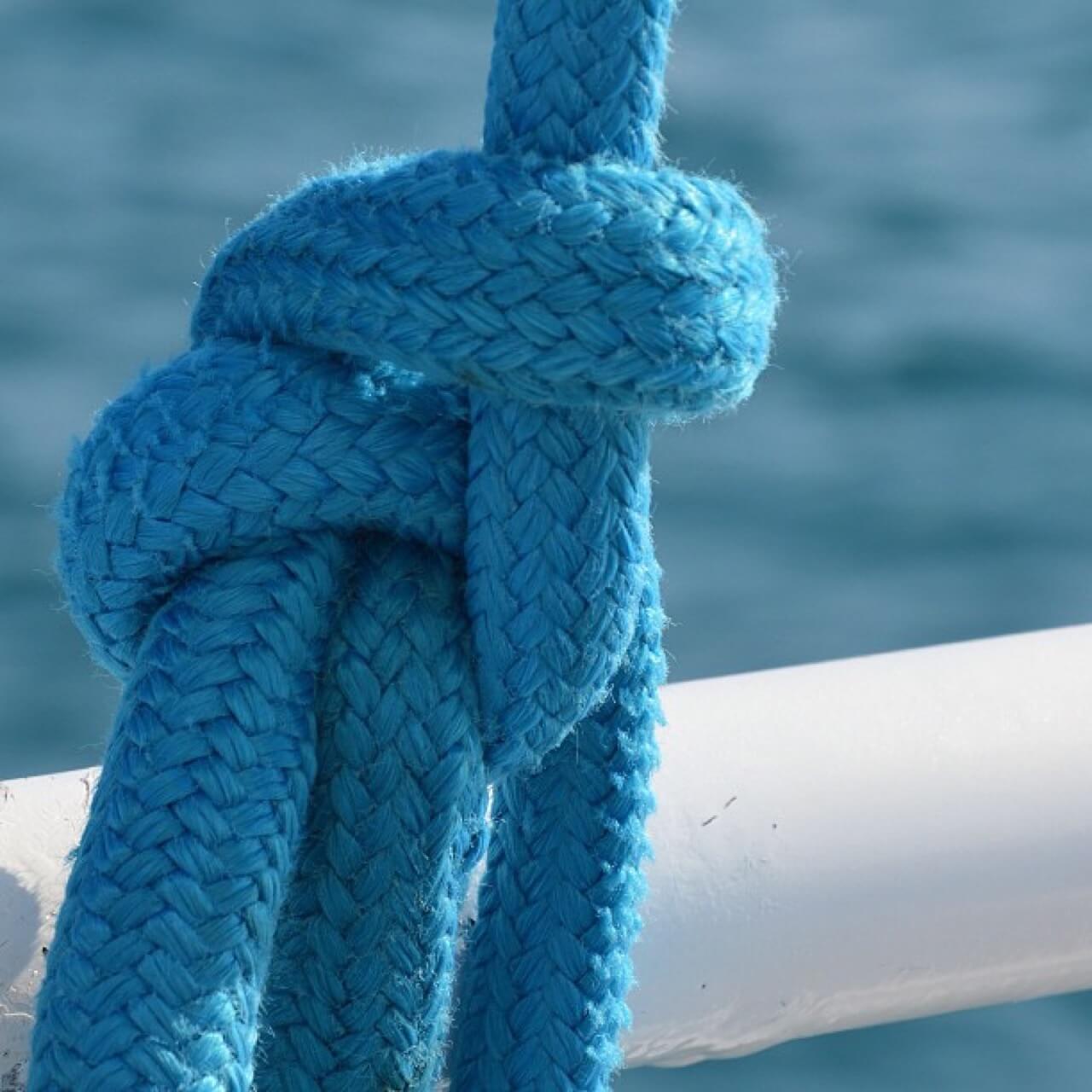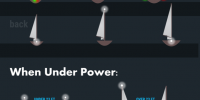10 Sailing Activities to Keep Busy When You Can't Sail
If you can’t go sailing due to weather, injury, a global pandemic or any other reason, there are still plenty of sailing activities you can do to keep busy at home. From working on your core sailing skills to getting arty, there’s no reason why being at home has to be boring.

10 sailing activities to keep busy when you can’t sail:
As a result of unprecedented events, many of us around the world are confined to our homes for now, with a lot of uncertainty about when we’ll next be able to get out and about. Now more than ever, it’s hugely important for us to keep busy. This article is a collection of some of the best sailing-related activities for when you’re stuck on dry land. Many of these activities can be adapted for children as well, so you can get the whole family involved.
Read on for our top tips to stay occupied when you can’t sail and get ready for sunnier times!
Plot Your Route For Future Trips
One of the easiest ways to get organized for next season is to choose the destinations you most want to visit. Make a list of the top destinations you’ve always wanted to go to and make a plan for how to get there. These can be close to home or further afield - there are no wrong answers!
When you’ve compiled your list, choose your top destination and take the time to plot your route, studying the weather, tides, navigational charts and more. If you do the hard work now, you’re much more likely to go through with your plans once you’re able to sail again. Plus, you’ll fill your head with exciting ideas for future adventures, rather than dwelling on being at home!
Learn How To Plot Courses
William wrote a great step-by-step guide on how to plot your first course on a nautical chart. Perfect reading material for stay-at-home sailors.
Learn Celestial Navigation

If you’re stuck at home, you could also use this time to learn about the art of finding your way with the sun, moon, stars and planets. Whilst you can’t put it into practice at sea just yet, you can study the theory behind celestial navigation and get to grips with the basics from the comfort of your living room. This skill puts you in touch with centuries of sailors who were navigating the seas before the time of satellite and GPS: it’s the real deal.
If you’re not sure where to begin, celestialnavigation.net is full of resources to get you started. It’s packed with information on the history of celestial navigation, links for guidelines on learning the art and even projects like building your own quadrant or sextant This is also great if you’ve got budding young sailors at home who need to be kept busy as much as you do.
Read a Sailing Biography
There have been some incredible sailors through history with gripping stories to tell, so why not take some time to read about them? A brilliant autobiography to get started with is A World of My Own by Sir Robin Knox-Johnston (check on Amazon), an account of his voyage towards the first single-handed non-stop circumnavigation of the globe.
Other biographies you could read include:
- A World of My Own by Sir Robin Knox-Johnston
- South Sea Vagabonds by John Wray
- Maiden Voyage by Tania Aebi
- Sailing Alone Around The World by Joshua Slocum
- Cochrane: The Story of Britannia’s Sea Wolf by Donald Thomas
- Taking on the World by Ellen MacArthur
If you’ve got time to spare, you could also watch some sailing films, to escape into another world of sailing adventures. Master and Commander: The Far Side of the World (2003) is a personal favorite (or read the whole series of 20 books by Patrick O’Brian!). Alternatively, The Mercy (2017) featuring Colin Firth is a more recent sailing movie, centered on the tragic story of Donald Crowhurst.
Join a Sailing Charity

Whilst you’re spending more time at home, this could be a great opportunity to find a local sailing charity to get involved with. Take a look on social media on your local community pages and see if there’s anything that catches you eye. You might like to join a charity that supports children learning to sail or helps people from low income backgrounds to get their sailing qualifications.
I recently discovered the work of the Jubilee Sailing Trust, located in Southampton. They have the only tall ship in the world that is designed and built to be sailed by a mixed ability crew, including people with impairments and health conditions. They are committed to inclusive sailing, giving people an accessible environment to experience the enjoyment of sailing.
Check and Clean your Gear
Alternatively, to help you get ready for your next sailing trip, use this opportunity to take a look over your gear. Giving gear some TLC is one of those jobs that very rarely gets done, but it can make a big difference to the life of your gear.
Washing and waterproofing gear
Hand wash waterproof coats, trousers, salopettes, wetsuits and any other outer layers in a bucket or bathtub using simple soap (definitely don’t use biological detergent). Soak for 5 minutes, then rinse. Respray your waterproof garments with specialist waterproofing spray, paying attention to the areas that get the most wear. Leave to air dry for at least 48 hours. Make sure they are thoroughly dried before you put them away again or you could end up with a moldy surprise when it’s time to get back on the water.
Clean your life jackets
This is also a great time to give your life jackets a good scrub too. This is one you’ll want to do outside if you have a garden or driveway, but you can use a bathtub if you’re on lockdown. Lay a tarp on the floor and mix a bucket of soap and water, liquid laundry detergent will do. Scrub each life jacket with a soft bristle brush on both sides. Soak for 30 minutes and then scrub again on both sides. Rinse off thoroughly with clean water and hang up to dry for 48 hours.
Check for wear and tear
Use this opportunity to check your waterproof gear and life jackets over and make sure nothing is worn or broken and there are no tears or holes. This is especially important for lifejackets as the outer fabric is needed to contain the flotation material, if it is torn the life jacket should be discarded. You can order more online to save you going to the shops.
Create a To-Do List for Next Season

Slightly less interesting than some of the other activities on this list but no less important, you can also work on making a comprehensive to-do list for your boat. This is the ideal time to go over all the things you might not remember to do during the season and write a list.
From checking the fuel lines for cracks and wear to greasing the propeller shaft, there is a whole range of niggly jobs that should be done to make sure your boat stays in tip top condition. You can also separate these jobs into at-home and on-site lists to see what you can start working on now. Maybe you have some carpentry jobs that you could get done whilst you’re at home or simply sorting out your filing system for licenses, charts and general paperwork. It’s not glamorous but it is necessary!
Get Artistic

For a more therapeutic activity if you’re confined to the indoors, you might like to try drawing or painting. Bring out your creative side and try painting something sailing-related, either from an image or just from your mind. This is the perfect opportunity to go through your store of old sailing photos and choose some of your favorites. You can have a go at replicating one of them as a painting or drawing. Alternatively, try making a sketch of your favorite nautical-themed painting and see how you get on - even Turner had to start somewhere!
If that seems a little bit out of your comfort zone, why not try making the photos into a collage? If you have a frame, piece of board or even driftwood lying around, you can collate your favorite photos for display. This will help to brighten up your home and you can add your latest photos to the display once you’re out on the water again.
Practice your Knots

One of the most basic skills you can work on on dry land is your knots. Even if you’re already a dab hand, you can use this time to learn some more challenging knots that you may never had the time to attempt before.
For sailors of any level, you should make sure you know the basic boating knots from memory, including:
- Bowline
- Figure-8 knot
- Square or reef knot
- Clove hitch
- Cleat hitch
You can find some great step-by-step resources for knot tying on sites like Animated Knots and NetKnots.com or YouTube. This is a brilliant one to while away the hours and get the whole family involved!
Take an Online Course
You could also pass the time until you’re free to get out on your boat by taking an online course. This is a brilliant way to learn a new skill and you can even work towards your next sailing qualification. There are so many resources for online courses ranging from the RYA Yachtmaster Theory Course to specialist navigational courses.
When choosing an online course, look for a reputable company that’s recognized by your national sailing governing body to make sure you get what you signed up for. The best online courses are ones that combine video tutorials with exercises or worksheets to help you get to grips with the material. To make it easier to stick to your plan, you can also get friends and family to join in with the course too.
Free Courses by NauticEd
NauticEd is one of the best-known names in online sailing education. And they offer two introductory courses for free. Get your two FREE sailing courses from NauticEd here.
Work on Your Fitness

Prepare for a busy schedule of sailing next season by building up your fitness levels now. Endurance and strength can really make a difference to your sailing technique, whilst reducing the likelihood of injury. Focus on your core strength and upper body as these are the areas that need it most. You can also improve your endurance with plenty of cardio exercise.
If you can’t get outside, consider doing a prison-style workout regime that can be done in one room in your house. Set a target to work out at least 3 times a week and you’ll be ready for anything come the next season. Check out this simple home workout guide for sailors for more information.
Sailing Activities to Keep Your Mind and Body Busy
When you’re stuck inside, it’s important to get a balance between mental and physical exercise. You need to work on both in order to stay healthy and you certainly need both for sailing. Try to do one form of physical exercise per day and at least one thing to stretch or challenge your brain.
The most important thing to remember is that you’re doing activities that make you feel good. Whether that’s getting organized for next season or whiling away the hours doing something creative, do what feels right for you. It won’t be long until you can go sailing again so keep positive and keep busy!
Did you find the answer to your specific question?
👍 0 👎 0



Comments
موسسه مشاوره تحصیلی کانادا
<a href=”https://smartapplyvisa.com/blog/university/%d8%af%d8%a7%d9%86%d8%b4%da%af%d8%a7%d9%87-%d8%a2%d8%af%d9%84%d8%a7%db%8c%d8%af-%d8%a7%d8%b3%d8%aa%d8%b1%d8%a7%d9%84%db%8c%d8%a7/">منبع</a>
Leave a comment